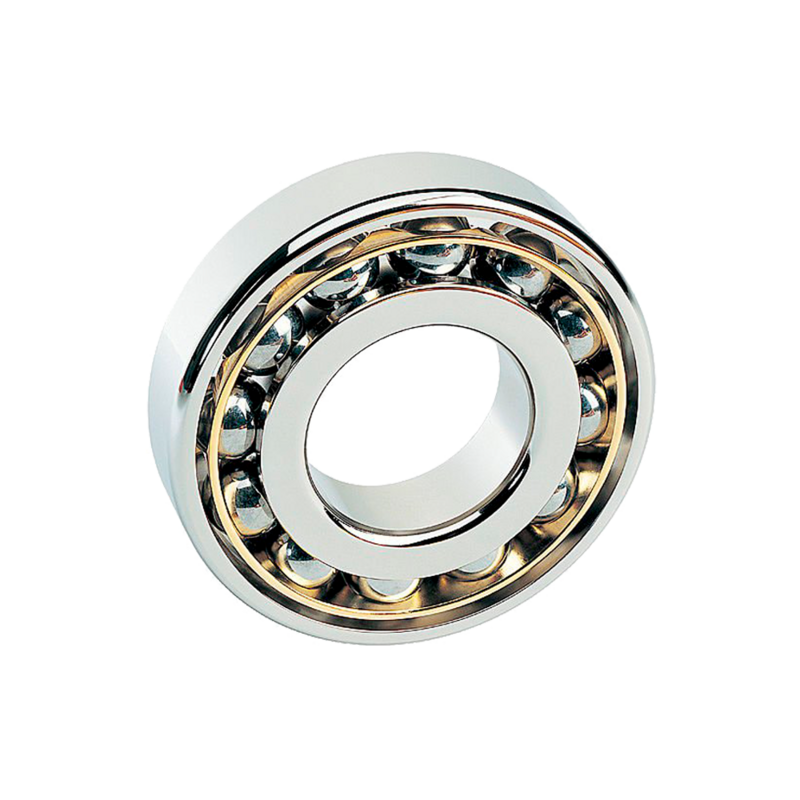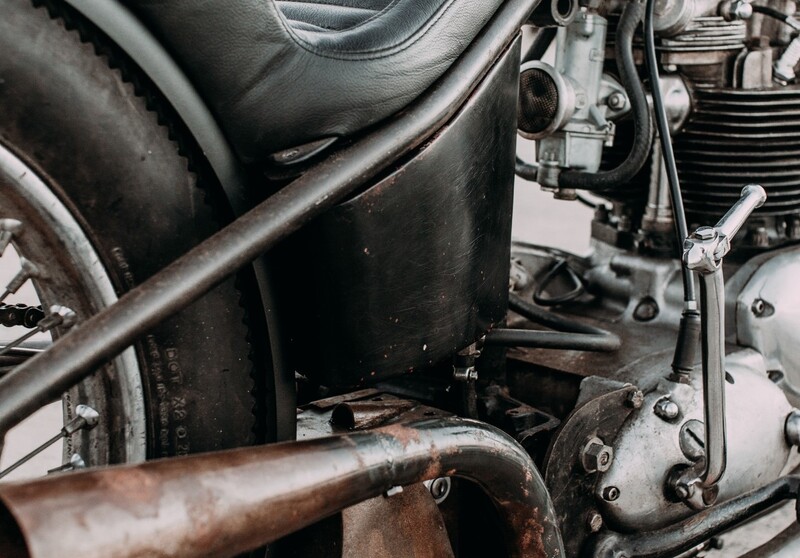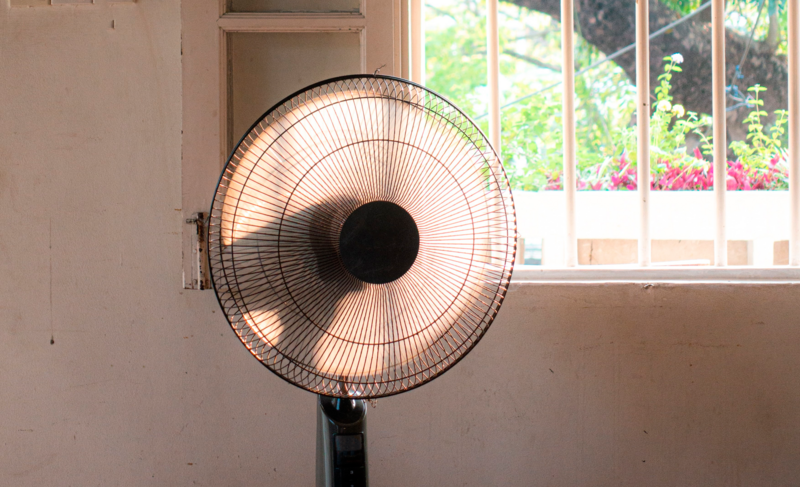Need Support?
Please provide your question. We’ll find you with the best support options.
Table of content
Ball bearings are mechanical components that are used to reduce friction between rotating parts. You commonly find them in various applications, including automotive, industrial machinery, household appliances, and more.
Manufacturers make ball bearings to support two types of loads. These are radial loads, which are perpendicular to the shaft, and axial loads, which are parallel to the shaft. This design helps the shaft rotate smoothly.
Unveiling the Mystery of Ball Bearing Sizes 
When a load is applied to a ball bearing, the balls roll freely between the inner and outer rings. This rolling action significantly reduces friction compared to sliding contact, resulting in smoother rotation and reduced wear.
Ball bearings rely on the principle of rolling contact. As the inner ring rotates, it transfers the load to the balls, which then distribute the load evenly around the bearing. This distribution of load reduces the pressure on individual points, minimizing wear and prolonging the bearing's life.
Unveiling the Mystery of Ball Bearings' Composition: Dive into the Details 
These are the most widely used type of ball bearings. They have deep raceway grooves in both the inner and outer rings, enabling them to handle radial and axial loads.

These bearings are designed to handle both radial and axial loads simultaneously. They have angled contact surfaces, allowing them to support higher axial loads compared to deep groove ball bearings.
Thrust bearings are designed to support axial loads. They consist of two relatively flat rings with raceways and a set of balls in between. They can only support axial loads and should not be subjected to radial loads.

These bearings are designed to accommodate misalignment between the shaft and housing. They have two rows of balls. They can self-align, which helps reduce the effects of misalignment on the bearing's performance.
These are just a few examples. Many more specialized ball bearing designs exist for different application needs.
In conclusion, ball bearings are important parts. They help reduce friction and allow smooth rotation in many uses. Their design lets them handle both radial and axial loads. This makes them versatile and reliable mechanical parts.
How Ball Bearing Works? Tell You the Operating Principle 
Ball bearings are extensively used in vehicles for multiple applications, including wheel hubs, transmissions, engines, steering systems, and suspension systems. They ensure smooth and efficient rotation of various components, reducing energy loss and enhancing overall vehicle performance.


Ball bearings play a crucial role in industrial machinery, such as pumps, motors, gearboxes, and fans. They provide reliable support and enable efficient movement, contributing to the smooth operation and longevity of the machinery.

Many household appliances rely on ball bearings for their functioning. Examples include washing machines, refrigerators, air conditioners, vacuum cleaners, and blenders. Ball bearings allow rotating parts to move effortlessly, reducing noise and enhancing the performance of these appliances.
Ball bearings are integral components in power tools such as drills, saws, grinders, and electric motors. They facilitate efficient power transmission, reduce friction, and provide stability, enabling these tools to operate smoothly and with precision.
Precision ball bearings are utilized in medical equipment, including imaging machines, surgical instruments, diagnostic devices, and laboratory equipment. They ensure smooth movement, accuracy, and reliability in critical medical procedures.
These examples showcase the wide range of applications that use ball bearings. Their versatility and reliability make them important parts in many industries. They help reduce friction, which improves efficiency and durability. This leads to better performance in different systems and machines.
Discover more about the features and applications of various bearings.
Click here to explore more articles and find the perfect bearing for your project.
Needle Bearings (Roller Bearings) are a type of bearing that performs exceptionally well at high speeds. Their rollers are precisely guided by specially shaped, high-rigidity cages with minimal dimensional error. Despite their small cross-section, needle bearings...
How Do Ball Bearings Work? Bearings are often small and unassuming components in a product, yet they are crucial for its proper functioning. Without bearings, many products would fail to operate effectively. But do you know how ball bearings...
Please provide your question. We’ll find you with the best support options.